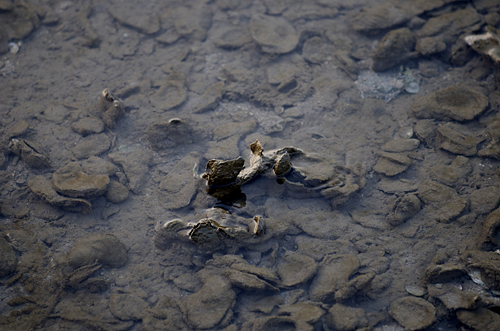
The Texas Oyster Industry
Here is What We’re Chatting About this Sunday Morning
The Texas oyster industry is an important part of the state’s seafood sector, providing jobs, economic benefits, and a source of delicious seafood. Oysters are a significant commercial and recreational resource in Texas, contributing to the state’s rich culinary heritage.
Key points about the Texas oyster industry include:
- Geography and Harvesting Areas:
- Texas has several major oyster-producing areas along its Gulf Coast, including Galveston Bay, Matagorda Bay, San Antonio Bay, and Corpus Christi Bay.
- The state’s oyster beds are primarily located in estuarine and coastal environments, where the mix of fresh and saltwater creates optimal conditions for oyster growth.
- Oyster Species:
- The Eastern oyster (Crassostrea virginica) is the primary oyster species harvested in Texas waters. This species is well-adapted to the brackish waters of the Gulf Coast.
- Economic Impact:
- The Texas oyster industry has a considerable economic impact on the state. It supports commercial harvesters, seafood processors, distributors, and restaurants, contributing to the overall economy.
- The industry also plays a role in tourism, as visitors are drawn to the Gulf Coast for its seafood offerings, including fresh oysters.
- Harvesting Methods:
- Oysters are typically harvested using tongs, dredges, or handpicking methods. Harvesting is regulated to ensure sustainability and prevent overfishing.
- Oyster reefs are important for ecosystem health, as they provide habitat for various marine species and help improve water quality.
- Regulation and Conservation:
- The Texas Parks and Wildlife Department (TPWD) is responsible for managing and regulating the state’s oyster resources. They implement measures to ensure sustainable harvesting practices, including size limits, catch limits, and seasonal closures to protect oyster populations during spawning.
- Challenges:
- Like other oyster industries, the Texas oyster industry faces challenges such as habitat loss, water quality issues, natural disasters, and changes in environmental conditions. Efforts are made to address these challenges through conservation and restoration initiatives.
- Aquaculture:
- In addition to wild harvesting, there is a growing interest in oyster aquaculture in Texas. Oyster farming involves cultivating oysters in controlled environments to meet consumer demand while reducing pressure on wild populations.
Overall, the Texas oyster industry is a vital component of the state’s coastal economy, providing jobs, supporting local businesses, and contributing to the culinary diversity of the region. Sustainable management practices are crucial to ensure the long-term viability of this valuable resource.
Thanks again for an interesting read from ChatGPT this Sunday Morning! Is it accurate?
Because of the hypersaline conditions of the Lower Laguna Madre, I don’t recall that there BEING ANY oyster industry there? Maybe I am wrong? There are certainly oysters! I have the deep cuts on my boots to prove it. It seemed to me like there were more oysters than I ever saw growing up there, and more year-over-year in the last ten years. However, a few oyster cuts don’t exactly make an industry – unless it is the boot industry, or medical profession. I did catch flounder on the edge of oyster beds, saw plenty of sheepies in the beds and reds are pretty common there too … talk about a harsh environment!

https://youtu.be/rIoy6_3X2hE?si=FuFajgDFE98ZENPu
Sent to me:Your ChatBot article was typical. The news on the Aquaculture front has changed. Brad Lomax, who had the Water Street Oyster Bar in Corpus
for decades has given it to his sons, and Brad has built the first licensed oyster farm in Texas. He has a plot on Copano Bay, just north of the shrimp farm, and about 1/4 mile north of Swan Lake islands. It’s a square plot with four pilings about 1/4 mile on a side, and in the plot are floating baskets, growing baby oysters. In an interview last year with Ty Henderson(30 Miles Out blog), he said he hoped to harvest 3 MILLION oysters the first year. Wow! And no dredging, messing up the bay bottom, stirring up the decades-old carcinogens and other detritus. A real breakthrough for Texas. I happen to love New Orleans-style Char-Broiled Oysters. Look up Drago’s Restaurant in New Orleans.